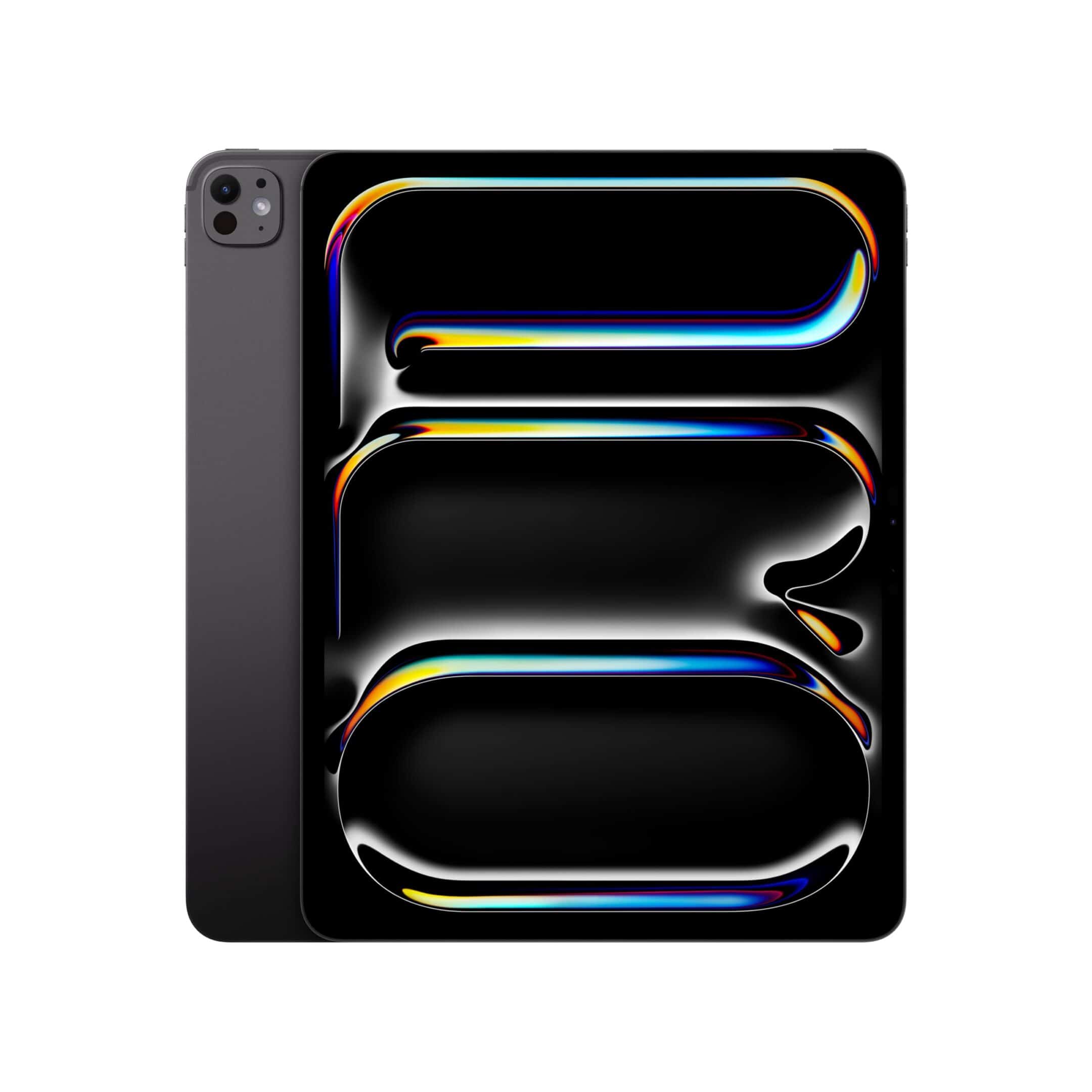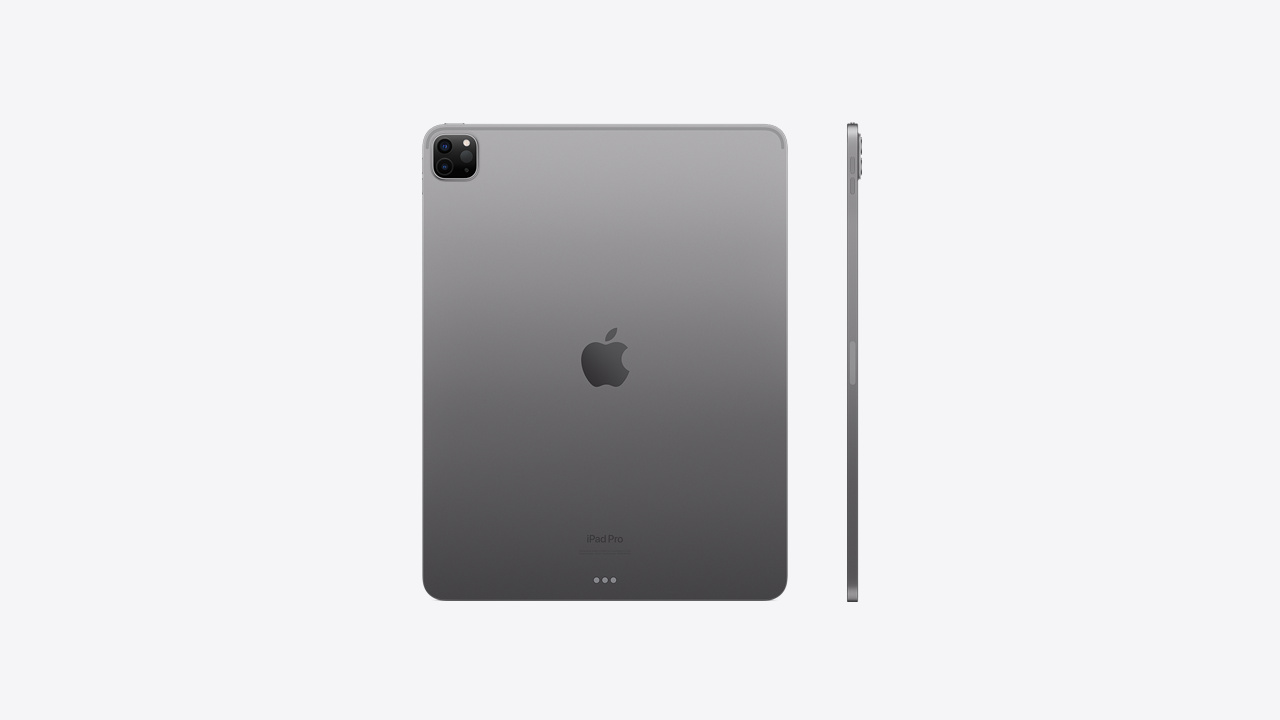Apple is already gearing up for the next leap in iPad Pro performance. Following the 2024 debut of the M4-powered OLED iPad Pro, sources now report that Apple is deep into advanced testing for its next-gen iPad Pro featuring the yet-unannounced M5 chip. A release is expected in late 2025, with internal codenames J817, J818, J820, and J821 pointing to multiple configurations currently being validated for production.
This marks a continued push by Apple to integrate its most advanced silicon across its product ecosystem, and the iPad Pro is once again at the forefront. As reported by Bloomberg’s Mark Gurman, the M5-powered iPad Pro is expected to enter production in the second half of 2025—hinting at a fall release that lines up with Apple’s usual hardware cadence.
First to Feature M5 – A Next-Gen Leap
If Apple sticks to its pattern, this new iPad Pro will be the first product powered by the M5 chip, signaling another jump in performance and efficiency. The M5 is expected to be manufactured using TSMC’s refined 3nm process—likely the N3P node—offering improved transistor density and efficiency over the M4’s N3E architecture. Early whispers suggest we could see CPU and GPU performance bumps in the range of 15–25%, making the M5 iPad Pro not just a refresh, but a significant power upgrade.
The Neural Engine is also expected to receive a boost, improving on-device AI processing—a growing focus area for Apple as it lays groundwork for more intelligent features in iPadOS. With AI capabilities becoming a battleground in modern computing, the M5 could help iPad Pro stand out in creative workflows, advanced photo and video editing, and even machine learning tasks.

Some sources speculate that Apple could further differentiate performance tiers with variants like an “M5 Pro” or “M5 Max,” potentially aimed at larger iPads or professional Mac configurations.
Familiar Design, Modern Internals
Don’t expect a major design overhaul. The 2024 iPad Pro was a bold redesign—with a thinner chassis, landscape Face ID, OLED screens, and the introduction of the Magic Keyboard with function keys. The 2025 model will likely retain that hardware design language, instead focusing on refining the experience with internal upgrades.
The four codenamed models (J817, J818, J820, J821) are assumed to represent both 11-inch and 13-inch sizes, each available in Wi-Fi-only and Wi-Fi + Cellular variants. This structure mirrors the current iPad Pro lineup, providing high-end options across different connectivity and portability needs.
Still Qualcomm for Cellular—But Apple Modem on the Horizon
While Apple continues to work on its in-house 5G modem, it won’t make its debut in the M5 iPad Pro. Instead, these models will continue using Qualcomm modems, likely the Snapdragon X70, which is already seen in recent iPhones.
However, Apple’s roadmap still points toward future iPads—possibly the M6 generation—transitioning to Apple-designed modems. This shift could occur as early as 2027 and is key to Apple’s long-term goal of full hardware-software integration.
M5 to Power Macs Too
The M5 chip isn’t just reserved for the iPad Pro. Gurman also reports that refreshed MacBook Pro models with the M5 chip are expected to debut in late 2025. While these Macs will benefit from the same performance architecture, don’t expect drastic design changes—those are reportedly being saved for the M6 generation in 2026.
Additionally, an M5 MacBook Air is rumored to be in the pipeline, but its timeline is still uncertain, with some sources pointing to 2026 for that model’s debut.
Foldables, M6, and the Future of iPad
Looking beyond 2025, Apple’s internal development continues to hint at ambitious moves. M6-powered iPad Pro models are already in early testing, which will likely feature Apple’s first custom cellular modem and could take iPad performance even further.
There’s also renewed buzz around a foldable MacBook/iPad hybrid—a product that’s said to be in development with a possible 2026 launch window. If true, it would mark Apple’s first serious foray into foldable hardware, likely powered by an M5 or early M6 chip, and could redefine the high-end portable computing space.
What You Can Expect from the M5 iPad Pro
As anticipation builds, here’s what we expect the 2025 M5 iPad Pro to bring to the table:
- Substantial performance jump over M4 models, thanks to the M5’s improved CPU, GPU, and Neural Engine.
- Same sleek design introduced in 2024, with no major external changes.
- Improved AI and machine learning performance, enabling richer app experiences.
- Continued reliance on Qualcomm modems for cellular connectivity.
- Two display sizes (11-inch and 13-inch) with Wi-Fi and Cellular variants.
With a fall 2025 launch window likely, the M5 iPad Pro will be a key piece of Apple’s computing lineup—bridging the gap between laptop and tablet more powerfully than ever before. Expect more details to emerge as production ramps up later this year.
More Info On The New iPad Pro (2025)
Why Sales May Not Drive This Upgrade Cycle
Apple’s 2024 iPad Pro refresh introduced an OLED display and the powerful M4 chip in the thinnest iPad design yet—changes that seemed poised to spur an upgrade wave. However, internal reports suggest that the expected sales surge never fully materialized. One likely reason? Apple’s own 13-inch iPad Air may have unintentionally cannibalized iPad Pro sales.
Prior to 2024, the iPad Pro was the only Apple tablet available in a 13-inch form factor, which gave it a clear advantage for creatives and productivity-focused users. But when Apple introduced a 13-inch iPad Air alongside the redesigned Pro—at a lower price and with a still-powerful M2 chip—it blurred the lines between Pro and Air tiers. Now, with the 2025 iPad Air updated to the M3 chip, that overlap has only grown.
This puts pressure on the M5 iPad Pro to justify its “Pro” status with meaningful performance improvements—particularly in creative workloads, multitasking, and AI processing—rather than relying on form factor alone.
About Those Model Codenames (and the Missing J819)
The four model identifiers for the upcoming iPad Pro—J817, J818, J820, and J821—line up predictably with Apple’s current strategy of offering both Wi-Fi-only and Wi-Fi + Cellular versions for its 11-inch and 13-inch sizes. What’s curious, however, is the apparent absence of a J819 model in this sequence.
While Apple hasn’t commented on this, skipped model numbers aren’t unheard of. They often represent canceled variants, internal test configurations that never go public, or placeholder models for prototypes that evolve during development. It’s possible that J819 was scrapped early in the pipeline or may reappear in a different product family down the road.
A Waiting Game for the Apple Modem
Though Apple has spent years building its own modem tech after acquiring Intel’s smartphone modem business in 2019, the in-house “C1” and expected “C2” chips will not be ready in time for the M5 iPad Pro. Both cellular variants will continue to use Qualcomm components—likely the Snapdragon X70 modem, which offers reliable 5G performance but lacks Apple’s deeper ecosystem integration.
Reports suggest that Apple is saving its modem debut for the M6 iPad Pro models, scheduled for a 2027 release. When those land, Apple could finally control the entire stack—CPU, GPU, modem, and operating system—allowing for tighter power management, smarter connectivity, and a potentially thinner design.







